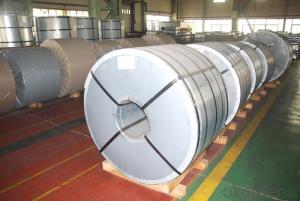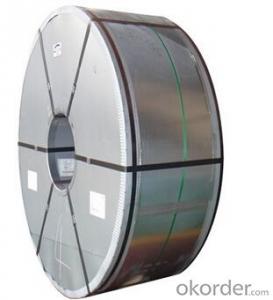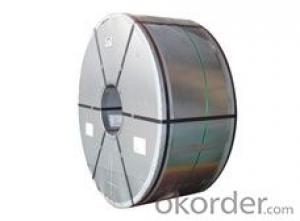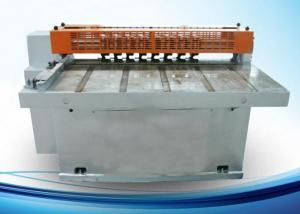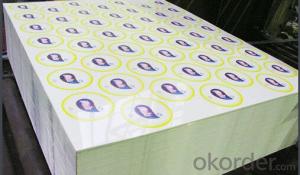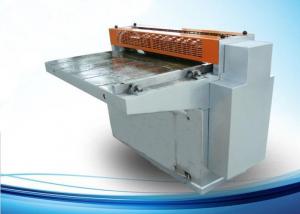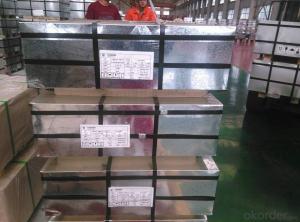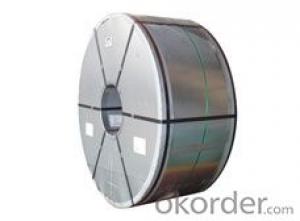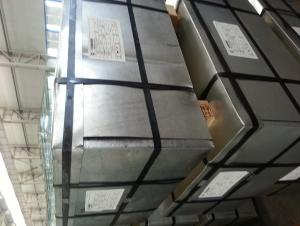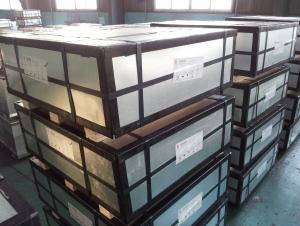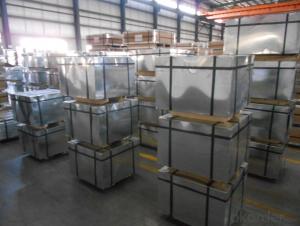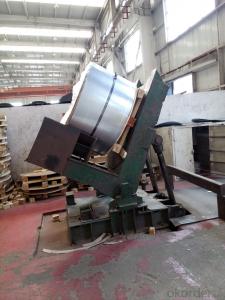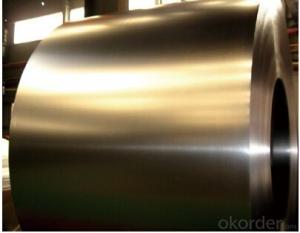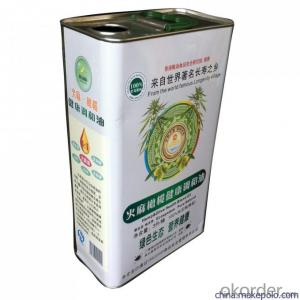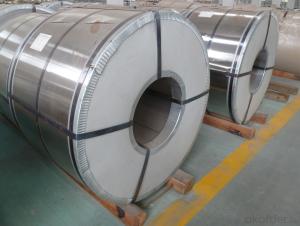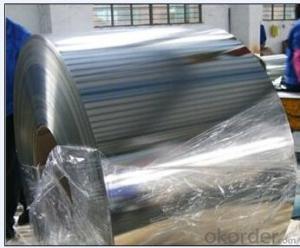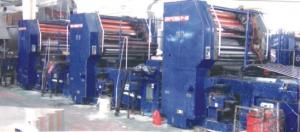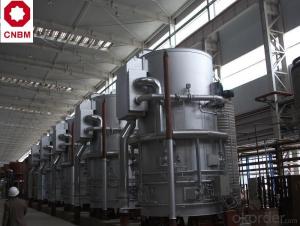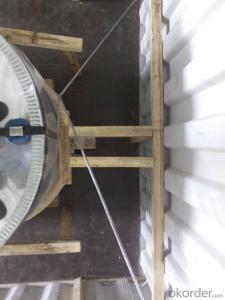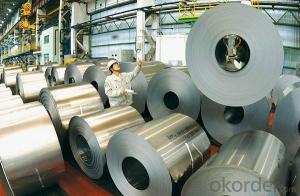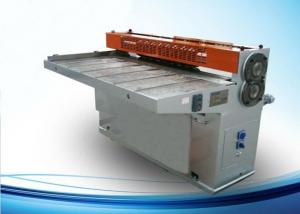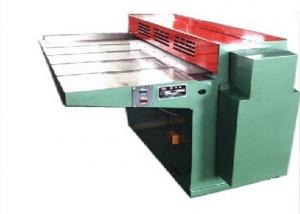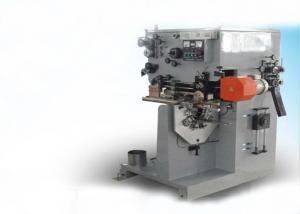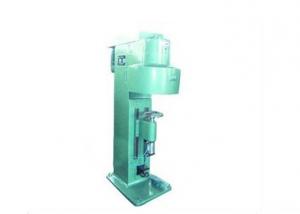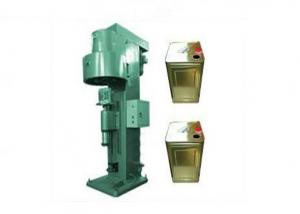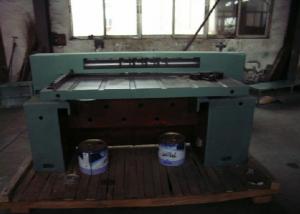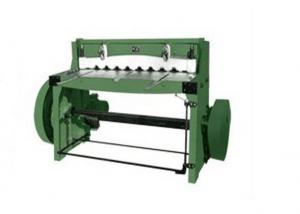South Africa Tinplate
South Africa Tinplate Related Searches
Spain Tinplate Tinplate Uk Italy Tinplate Tinplate China Tinplate Products Ltd Spte Tinplate Nse Tinplate Tinplate Tins Siam Tinplate Printed Tinplate Thyssenkrupp Tinplate Tinplate Material Printing Tinplate Siddiqsons Tinplate Siddiqsons Tinplate Limited Buy Tinplate Tinplate Products Thai Tinplate Tinplate Printing Tinplate Coating Tinplate Packaging Tinplate Recycling Arcelormittal Tinplate Turkey Tinplate Bse Tinplate Tinplate Production Tinplate Jamshedpur Tinplate Share Tinplate Market Tinplate LayoutSouth Africa Tinplate Supplier & Manufacturer from China
South Africa Tinplate is a high-quality metal product made from steel sheets coated with a thin layer of tin. This material is known for its excellent corrosion resistance and is widely used in various industries, including food and beverage packaging, automotive parts, and construction. The tinplate is also popular for its ability to maintain freshness and preserve the quality of the products it encases. As a result, it has become an essential material in the manufacturing of cans, containers, and other packaging solutions.The application of South Africa Tinplate spans across numerous usage scenarios, making it a versatile choice for businesses and manufacturers. It is commonly used in the production of food cans, aerosol containers, and other packaging materials that require a barrier against oxygen and moisture. Additionally, its durability and strength make it suitable for automotive parts, such as fuel tanks and oil pans, as well as construction materials like roofing and cladding. The versatility of South Africa Tinplate ensures that it meets the diverse needs of various industries, providing a reliable and efficient solution for a multitude of applications.
Okorder.com is a leading wholesale supplier of South Africa Tinplate, boasting a large inventory that caters to the needs of businesses worldwide. As a reputable supplier, Okorder.com ensures that the tinplate they provide meets the highest quality standards, offering customers a reliable source for their tinplate requirements. With a vast selection of products and a commitment to customer satisfaction, Okorder.com stands out as a trusted provider of South Africa Tinplate, ensuring that businesses have access to the materials they need to succeed in their respective industries.
Hot Products


